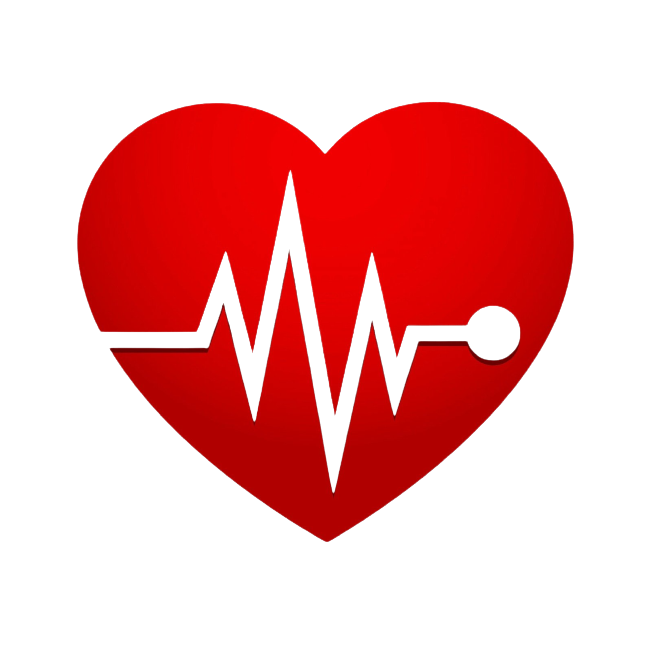We’ve seen it so many times. A young, handsome man rushed into the emergency room with a gunshot wound. A flurry of white coats racing the clock: CPR, the heart zapper, the order for a scalpel. Stat! Then finally, the flatline.
This is Dr. Shoshana Ungerleider’s biggest pet peeve. Where are the TV scripts about the elderly grandmothers dying of heart failure at home? What about an episode on the daughter still grieving her father’s fatal lung cancer, ten years later?
“Acute, violent death is portrayed many, many, many times more than a natural death,” says Ungerleider, an internal medicine doctor and founder of End Well, a nonprofit focused on shifting the American conversation around death.
Don’t even get her started on all the miraculous CPR recoveries where people’s eyes flutter open and they pop out of the hospital the next day.
All these television tropes are causing real harm, she says, and ignore the complexity and choices people face at the end of life.


I heard that Defibrillators too don’t work on stopped hearts - only weak pulses, and if you’re hit with one you’re not standing up instantly even if you wanted to. It’s days maybe weeks of recovery
Can anyone confirm?
Yes, a stopped heart shows up as a flat line with no activity on an EKG. We don’t shock people when their hearts have completely stopped because it doesn’t do anything and can actually damage the heart. Defibrillators are named that because they’re intended to shock a heart that is in a chaotic electric rhythm called fibrillation where the heart is just kind of shivering instead of beating fully.
If a person has flatlined, you can do CPR and administer epinephrine, and if you’re extremely lucky get their heart to start fibrillating so a shock might have a chance of being effective at restoring a normal heart beat. This is why someone whose heart has stopped completely is 2-3 times less likely to survive CPR than a person experiencing fibrillation.
Thanks for the helpful info! Didn’t know about fibrillation so this was very educational. I previously assumed that defibrillators were for flatlined hearts 😳
Great reply there already, I just want to add that a timely defibrillator shock can have the patient go from unconscious without a pulse to alert and talking very quickly, provided that the time between the start of the shockable rhythm and the shock is relatively small.
Nowadays we have AED devices in many public places that any bystander could attach to a patient receiving CPR, the machine will analyse the rhythm and deliver a shock if needed.
From what I understood, defibrillators basically stop the heart, letting it restart on its own in a proper rhythm.
You are correct, and we actually also use them on people who are not actively dead, but are having a bad heart rhythm that is causing intolerable symptoms.
The shocking dead people to resuscitate them thing, the part that everyone is familiar with, is when the ventricles of someone’s heart have started quivering in a chaotic rhythm called ventricular fibrillation or vfib. If someone is experiencing vfib, they’re actually dead because vfib invariably degrades into full stop flatline very quickly. Shocking someone in vfib briefly stops their heart in hopes that it will reboot itself into a rhythm that is compatible with life.
But the right atrium can also fall into fibrillation. You’ve heard about this on TV (if you’re in the US); we call that afib. Afib is compatible with life, because the ventricles are the main part of the pump and can continue to beat even if the right atrium goes a little haywire. But often that beating isn’t very effective and people will experience low blood pressure and shortness of breath. And the right atrium isn’t clearing blood out of itself effectively in afib, which can cause the blood to clot in the heart and lead to a stroke if a piece of clot breaks off.
So, you may be thinking to yourself, wait, ventricular fibrillation we use a defibrillator, so what about atrial fibrillation, and that is correct, we can use a defibrillator to shock someone in afib, reboot their heart, and hope they go back into a normal, more effective rhythm. (We do mildly sedate people before doing that lol.) Sometimes that works, sometimes we have to just control afib with meds and we have to keep them on blood thinners to prevent a clot in the heart.
And lastly, there’s a more complicated heart rhythm called Supraventricular Tachycardia or SVT that sometimes also responds to being shocked. We try a couple of other treatments first for SVT, but shocking can work. And again, people are mildly sedated for that.